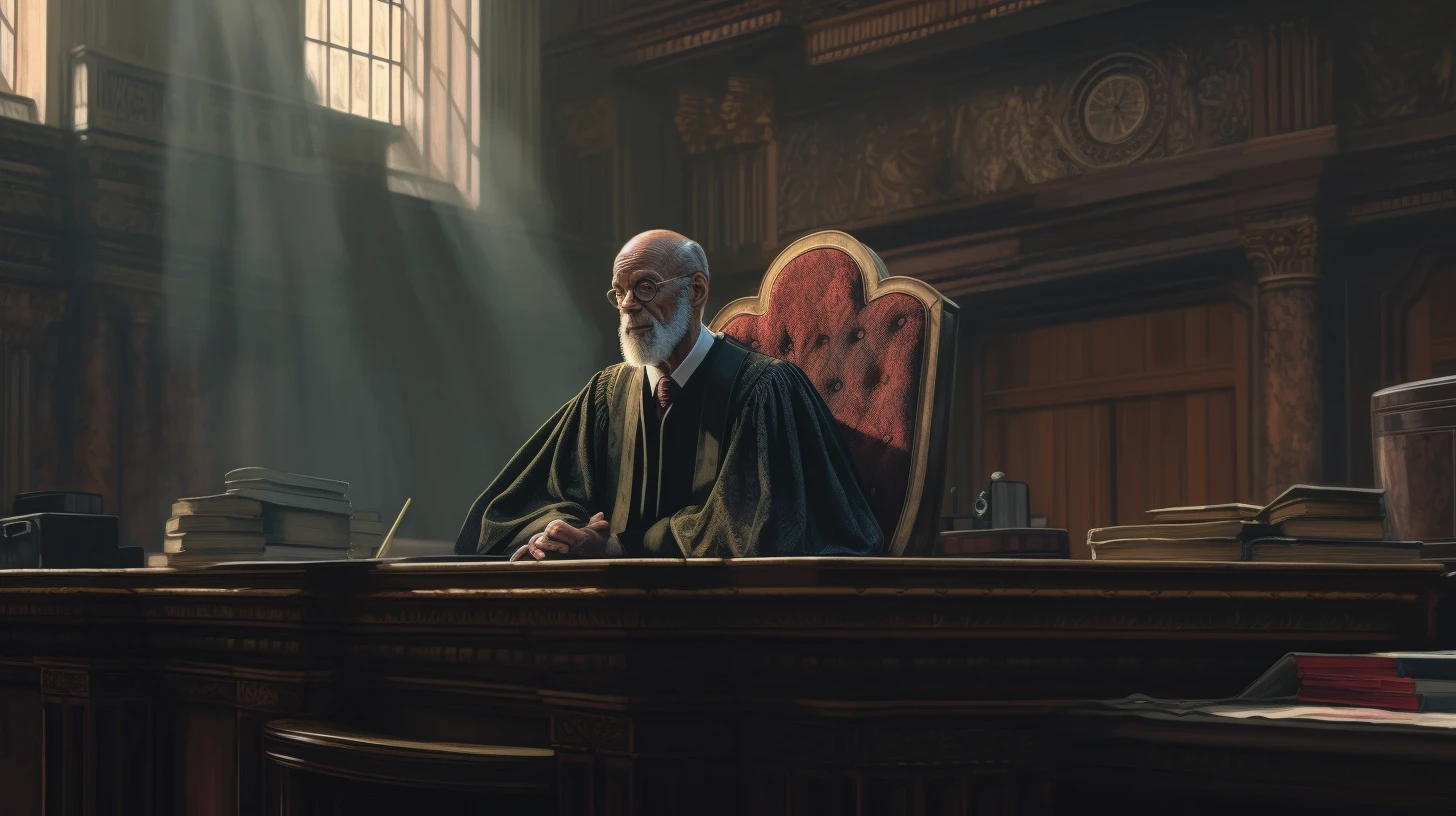
Arizona v. Gant, 556 U.S. 332 (2009) is a crucial court case that helps us understand the rules around police searches. Let’s explore this case in detail.
The Story Before
The case of Arizona v. Gant is based on the rule of “Search Incident to Arrest.” This rule has its roots in earlier court cases.
Firstly, there’s Chimel v. California from 1969. This Supreme Court case allowed police to search the area within immediate reach of the person they’ve arrested. The idea here is to ensure the safety of the police and prevent the arrested person from hiding or destroying any evidence.
Next, we have New York v. Belton from 1981. This case involved deciding which parts of a car could be searched when someone inside it was arrested. The court ruled that police could search the entire passenger area, including any containers, to avoid disputes about what the arrested person could reach.
In 2004, the case of Thornton v. U.S. expanded the search rules. Now, the police could search a car even if the arrested person had already left the car and was some distance away.
But, there was one question left unanswered: Can the police search a car no matter whether the arrested person can still reach into the car? This is where Arizona v. Gant comes in.
The Case of Arizona v. Grant
In 2009, Rodney Gant was arrested for driving with a suspended license. Let’s break down what happened:
Gant wasn’t in his car when the police arrived. After checking his license and discovering it was suspended, the police arrested him when he returned. After his arrest, the police locked Gant in a patrol car.
Even though Gant was secured, the police searched his car and found drugs in his jacket in the back seat. Gant was then charged with drug crimes.
Gant argued that the drugs shouldn’t count as evidence because the police had no right to search his car. The first court disagreed with Gant, but on appeal, the Arizona Supreme Court sided with him. They ruled that the police can’t search a car after an arrest unless they believe the arrested person can reach into the car or there might be evidence in the car. The U.S. Supreme Court agreed with this decision.
The Takeaway for Law Enforcement
Arizona v. Gant is an essential case for law enforcement. It clearly states that the police can’t search a car after an arrest unless they have a valid reason to think that the arrested person could reach into the car or there could be evidence in the car.
The case also emphasizes the importance of respecting privacy rights. The police can’t search a car just because it’s convenient; they must consider the rights of the individual.
Arizona v. Gant is a landmark case in understanding how police search rules work. It stresses the balance between law enforcement needs and individual rights, providing a guide for police officers as they navigate these complex laws.
With WarrantBuilder.com, you can streamline and simplify the process of creating search warrants. The user-friendly interface and expertly crafted warrant formats make the task easy for both seasoned investigators and new warrant writers alike. Sign up for a free trial today and discover the best way to write warrants.
